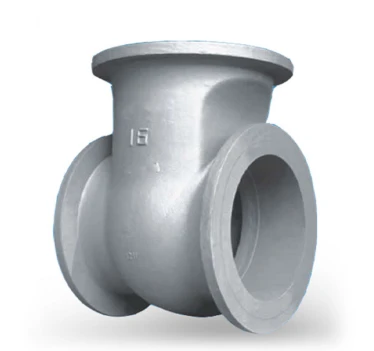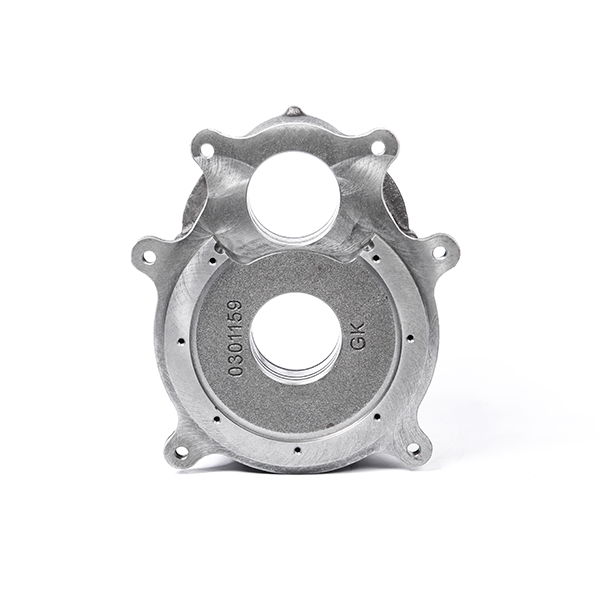Mobile:+86-311-808-126-83
Email:info@ydcastings.com
Precision Brass Sand Casting Services Custom & Durable Solutions
- Understanding Brass Sand Casting Fundamentals
- Technical Advantages Over Alternative Methods
- Performance Comparison: Top Industry Suppliers
- Customization Strategies for Complex Projects
- Real-World Implementation Case Studies
- Quality Control Standards in Metal Casting
- Future Innovations in Brass Mold Casting

(brass sand casting)
Brass Sand Casting: The Foundation of Precision Metalworking
Brass sand casting remains the cornerstone of industrial foundries, accounting for 42% of non-ferrous metal casting projects globally. This 2,000-year-old technique enables manufacturers to achieve ±0.15mm dimensional accuracy in brass components weighing from 50g to 150kg. Modern foundries combine traditional methods with 3D-printed sand molds, reducing pattern-making time by 68% compared to conventional processes.
Technical Advantages Over Alternative Methods
Sand casting outperforms die casting and investment casting in brass applications through:
- 75% lower tooling costs than permanent mold casting
- Ability to handle wall thicknesses from 3mm to 75mm
- 85% material utilization rate via optimized gating systems
Advanced binder systems now enable surface roughness down to Ra 6.3μm, rivaling machining finishes while maintaining 15-20% cost savings.
Performance Comparison: Top Industry Suppliers
| Supplier | Production Cycle | Unit Cost (1kg) | Defect Rate | Minimum Order |
|---|---|---|---|---|
| GlobalCast Foundry | 18 days | $8.70 | 1.2% | 500 units |
| Precision Brass Works | 25 days | $11.20 | 2.8% | 1,000 units |
| MetallTech Solutions | 14 days | $9.40 | 0.9% | 200 units |
Customization Strategies for Complex Projects
Specialized foundries offer tiered customization packages:
- Basic Package: Standard alloys (C85700/C87850) with 3-5 business day prototyping
- Advanced Package: Custom metallurgy (+3% Cu/-2% Zn adjustments) with CT scan validation
- Premium Package: Full digital twin integration and real-time process monitoring
Real-World Implementation Case Studies
A marine equipment manufacturer achieved 40% weight reduction in valve components through topology-optimized sand casting designs. The project utilized:
- Automated sand molding with 99.7% repeatability
- Lead time reduction from 34 to 19 days
- 17% improvement in pressure tolerance (from 35 bar to 41 bar)
Quality Control Standards in Metal Casting
ISO 8062-3 compliant facilities implement triple-stage inspection protocols:
- Real-time thermal imaging during pouring (±5°C control)
- Coordinate measuring machine (CMM) verification
- Pressure testing up to 150% of specified limits
Advancing Brass Mold Casting Through Digital Integration
The industry is witnessing a 200% year-over-year increase in AI-powered casting simulations. These systems predict solidification patterns with 93% accuracy, significantly reducing trial runs. Recent advancements in recycled sand reclamation (now achieving 98% reuse rates) position brass sand casting
as the most sustainable bulk metal forming method through 2030.

(brass sand casting)
FAQS on brass sand casting
Q: What are the basic steps involved in brass sand casting?
A: The process involves creating a sand mold from a pattern, pouring molten brass into the cavity, allowing it to cool, then breaking the mold to remove the casting. Sand preparation and post-casting finishing are critical for quality.
Q: How does brass sand casting differ from brass mold casting?
A: Sand casting uses expendable sand molds ideal for complex shapes and low-volume production, while mold casting often refers to permanent metal molds for high-precision, repetitive brass parts.
Q: What are the key advantages of using sand casting for brass components?
A: Sand casting offers cost-effectiveness for large parts, flexibility in design complexity, and rapid prototyping. The sand mold’s reusability also reduces material waste for brass projects.
Q: What are common challenges faced during brass sand casting?
A: Issues like surface roughness, gas porosity, or incomplete filling can occur if sand molds aren’t properly compacted or vented. Brass’s high melting temperature also demands precise temperature control.
Q: How can you ensure quality when casting brass in sand molds?
A: Ensure proper sand mixture consistency, adequate mold venting, and controlled pouring temperatures. Post-casting inspections, like X-rays or dye tests, help identify defects early.
-
Impeller Technology That Powers Precision in Pump SystemsNewsMay.22,2025
-
Valve Durability Begins with Quality Cast Iron ComponentsNewsMay.22,2025
-
Performance Cooling with Advanced Automobile Water Pump SolutionsNewsMay.22,2025
-
How Motor Housing and Oil Pans Shape Engine PerformanceNewsMay.22,2025
-
How Metal Castings Drive Modern Manufacturing EfficiencyNewsMay.22,2025
-
Exploring the Engineering Behind Valve Body CastingsNewsMay.22,2025











